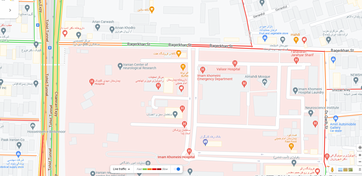The imaging findings and diagnostic value of radiology modalities to assess breast malignancy among women aged younger than 30 years
_1.png)
Background: Breast cancer mainly affects women aged >50 years; however, younger women may also have advanced breast cancer, so early detection is important.
Purpose: To collect and review the imaging findings of women aged <30 years with breast cancer to find better diagnostic approaches for the early diagnosis of breast cancer in young women.
Material and methods: In this study, 45 patients aged <30 years with a diagnosis of breast cancer were evaluated. Imaging assessments were performed based on ultrasound, mammography, and magnetic resonance imaging (MRI) findings. Finally, the findings were compared with the pathological results.
Results: Predominant findings in ultrasound included irregular spiculated mass in 59.4%. In mammography, irregular high-density mass (46.5%) and suspicious micro calcification (42.8%) were the most common findings. In MRI, the predominant feature was a heterogeneous enhancing mass with an irregular shape and irregular margin (81%) with a 45% plateau and 36% washout kinetic pattern. In the pathology assessment, invasive ductal carcinoma was the most common finding (84.4%). All three modalities-MRI, ultrasonography, and mammography-are valuable, with sensitivities of 100%, 93.3%, and 90%, respectively.
Conclusion: Ultrasound, mammography, and MRI are highly sensitive and accurate tools for detecting breast cancer lesions in young women. Regular clinical breast examination with breast self-examination, and in suspected cases, ultrasound as the first imaging modality followed by mammography and/or MRI are the preferred diagnostic approach.






ارسال نظر